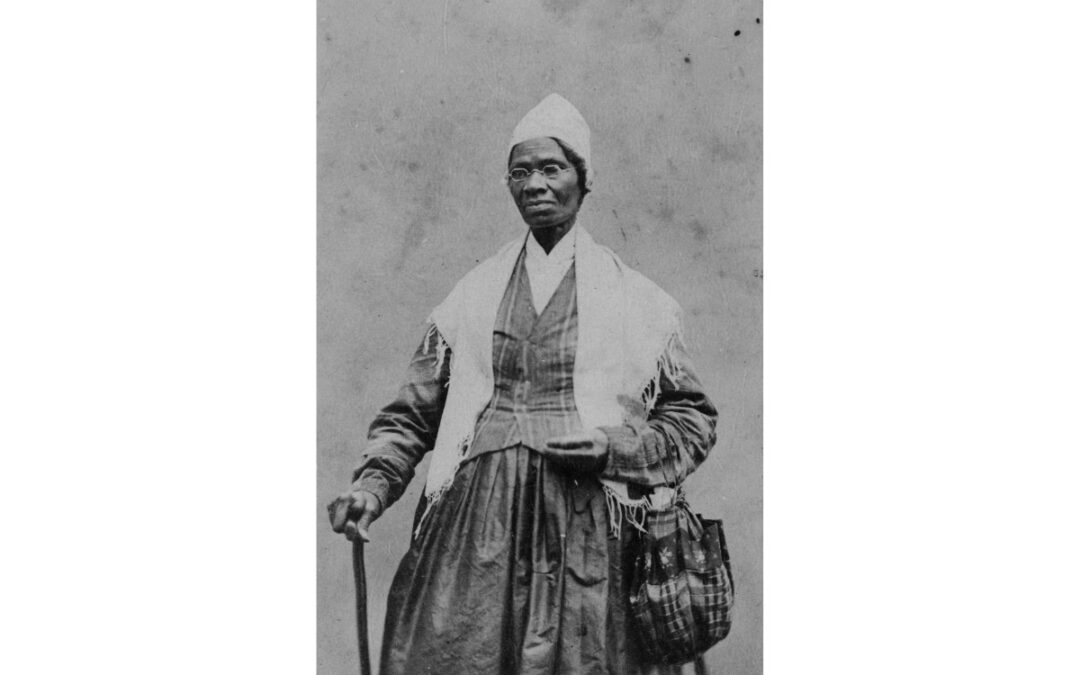
Ah, every Michigander’s favorite bedtime story: how the Lower Peninsula and the Upper Peninsula came together. Haven’t heard this one?
This is the story about how the north was won. It includes President John Quincy Adams saying, “Never in the course of my life have I known a controversy of which all the right so clearly on one side, and all the power so overwhelmingly on the other.”
The Boy Governor vs. Two Stickney
In 1805, when the original lines for Michigan Territory were being drawn, surveyors noticed that previous maps were wrong—Lake Michigan was actually further south than they’d been originally drawn. When corrections went into the new maps, Ohio—whose constitution had been drafted two years before—claimed the extra land that came with those corrections was theirs.
Ohioans went on insisting that the 468 square miles along Lake Erie and the Indiana border belonged to them, while the Michigan Territory folks kept taking care of the land. It continued like this until Michigan applied for admission to the union on Dec. 11, 1833.
A Whole Lot of Foot Stomping
Remember how Ohio was already a state, and Michigan wasn’t? Well, congressmen from Ohio saw Michigan’s application for statehood roll in… and they refused to accept it until Michiganders agreed to give up the tiny strip of land.
While small, that land had been cared for by Michiganders for ages, and they weren’t keen on letting it go. So they passed a resolution that imposed heavy fines on anyone who wasn’t from Michigan trying to claim ownership of the “Toledo Strip.”
That’s when Ohio Governor Robert Lucas named the land after himself and appointed a sheriff to it. This didn’t fly well with Michigan’s “boy governor”—22-year-old Stevens T. Mason.
Side note: Ohio’s Gov. Lucas was married to a woman named Friendly, but wow, he sure didn’t look very friendly himself.
The Toledo War
As a reminder, here’s the strip of land we’re talking about:

(Source: Michigan State University)
And here’s the part of the story when former President John Quincy Adams said, in his support of Michigan in the dispute: “Never in the course of my life have I known a controversy of which all the right so clearly on one side, and all the power so overwhelmingly on the other.”
It’s perhaps fitting that our boy governor gathered his troops and headed for the Ohio border, ready to take on the buckeyes. He was, after all, the same governor who secured the land on which the University of Michigan would be built years later.
In this land battle, however, Michiganders captured nine Ohio surveyors, arrested a handful of officials, and fired shots over the heads of fleeing Ohioans. The only casualty was a Michigan sheriff, stabbed by an Ohio man called Two Stickney.
Eventually President Andrew Jackson ended the Toledo War, and Michigan received statehood in 1837—without the Toledo Strip. However, we walked away from the deal with “9,000 square miles of the most valuable timber, iron, and copper country in America.” Our beloved Upper Peninsula was born.
![]()
Worth it, Ohio.
That’s this week’s story about That One Time in Michigan. Get these weekly historic glimpses of the Mitten State sent directly to your inbox on Mondays by signing up for our newsletter here. Know a story we should explore? Tell us here!

A historian explores Michigan’s secret bootlegging empire
While we all know that crime doesn't pay, the bootleggers and gangsters of a century ago have always held a certain glamour in popular imagination....

That one time in Michigan: When we established one of the most isolated national parks
A quick history of Isle Royale National Park. It's been nearly 100 years since Congress authorized one of the country's most beautiful and remote...

That one time in Michigan: When an abolitionist called Battle Creek home
Did you know that one of the most famous abolitionists in US history called Michigan home? Sojourner Truth, the legendary activist, lived in...

Black History Month explained: Its origins, celebrations and myths
By HAYA PANJWANI Associated Press WASHINGTON (AP) — Beginning Feb. 1, schools, museums and communities across the nation will mark the start of...

Unpacking Detroit’s strong ties to the Mafia
Many crime families and mafia members have called Detroit home over the years. Learn about the Motor City’s mafia connections and ties to organized...








